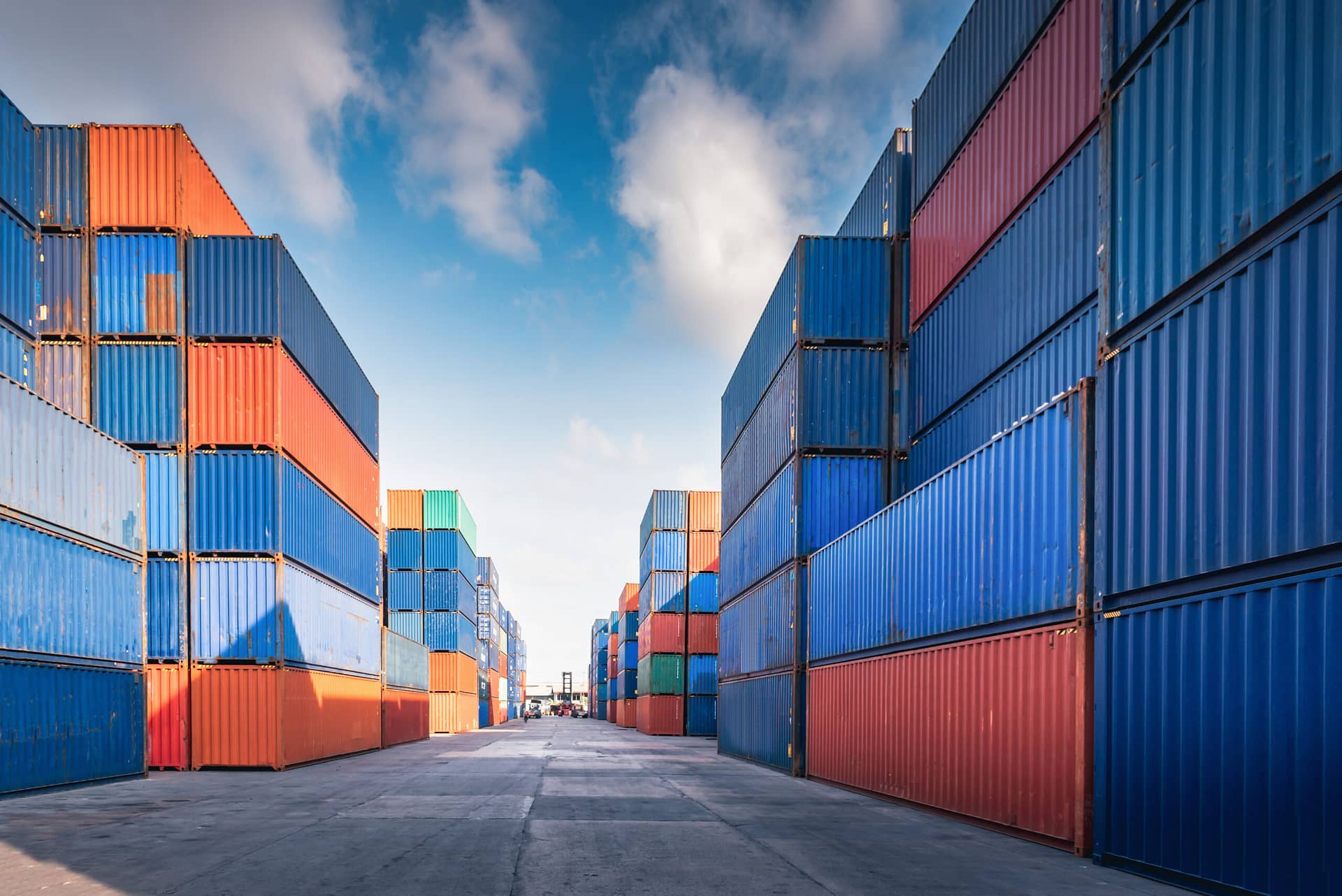by Logan church-owens
Nearly every American who has gone grocery shopping, ordered online, or bargain hunting at stores in the last 18 months has felt the ripples of the supply chain crisis. Its effects have been felt everywhere from widespread holiday airline cancellation to massive new car shortages and empty grocery shelves.
There are several reasons to hope that shipping bottlenecks will lessen this year as more international and domestic factories reopen. But, the recent surge in the Omnicron variant of the COVID-19 virus threatens this recovery, rendering the future for businesses and shipping uncertain. This time of uncertainty, though, offers a future ripe for sharp, creative thinkers to thrive and innovate. Let’s dive into what caused the supply chain crisis, how it’s beginning to get fixed, and what the future looks like.
What Happened?
In early spring of 2020, a previously unknown coronavirus named COVID-19 roared into countries around the globe with devastatingly rapid transmission and deadly respiratory symptoms. As a result, by late March and early April, practically every economically advanced country (including the United States) had imposed lockdowns that included widespread stay-at-home orders and quarantining guidelines. Manufacturers stopped production and canceled incoming orders for supplies as travel came to a halt and millions of people stayed home.
This lockdown lasted for several weeks, with global commerce, travel, and manufacturing brought to an unprecedented lull. Slowly and cautiously, as guidelines and procedures for protection and prevention of contracting COVID-19 were discovered and mandated—production, both in America and abroad, began to resume at factories, but output didn’t instantly bounce back to normal levels. Social distancing and masking measures, furloughed workers staying home, and typical restarting difficulties all contributed to delays at plants and their suppliers.
As factories and suppliers tentatively reopened and returned to attenuated operation throughout spring and summer of 2020, consumer behavior surged in unforeseen directions. With many businesses and most schools keeping employees and students away, stuck-at-home Americans went out less and spent money on household items like furniture, televisions and appliances. This extra demand put additional pressures on manufacturers that were still ramping up and wrestling with the challenges of safely doing business in the middle of a pandemic. In addition to the domestic pressure of sluggish employee comeback, increased sickness, and difficult safety procedures implementation, the American supply chain has had to grapple with sometimes months-long shutdowns of international factories due to COVID outbreaks.
These complicated factors brought on the slowdown of goods and services that have plagued American markets for the last two years.
How Can It Get Fixed?
Luckily, rather than wait for the world to “return to normal,” many businesses have used the unstable times to innovate and blaze fresh paths to continue delivering goods despite the supply chain crisis. Here are a few examples:
Some companies created new avenues of transportation, routes and methods of getting products to their destination.
Xero Shoes is a high-end sandal-making company, whose shoes are made in China and, pre-pandemic, typically received its product on container ships from China. They had begun to see substantial growth in its market share starting in 2019—only to hit the “COVID Wall” in July of 2020. Now, the mid-sized enterprise had to struggle with immense delays in product arrival. Their solution? Contract an airplane. For the entirety of 2020, Xero Shoes moved its merchandise from China to the U.S. by flying it to warehouses in California. This move was more expensive than shipping but, as a result of this calculated risk, the shoe company saw a 90% growth in sales.
Acer Incorporated, a computer and software corporation, made a similar counterintuitive shipping decision in the early months of the pandemic. They redirected some Los Angeles-bound shipments of computer monitors to a port in western Canada to avoid long delays. This move allowed the screens to arrive at Acer’s U.S. warehouses more quickly, even with the longer trucking distances.
Other companies stockpiled goods in warehouses closer to their factory and moved more goods at once with new suppliers.
TV Lift Cabinet Inc. doubled the number of furniture factories it partners with to produce its lifting television cabinets to meet increased orders. It added five more manufacturers so that products could be made more quickly. Plus, the company also expanded its warehouse space and inventory.
Some firms innovated by making fewer varieties of products or increasing output via more machines and workers.
The Electric Bike Company—an American-based business which profited from the huge (and unexpected) pandemic boom in electric bike popularity—more than doubled its production space, now spread across three facilities, and is producing about 250 bikes a week, up from 100 previously, to meet the increased demand. It is also running more shifts a week.
What’s The Future Look Like?
These are just a few of the countless ways that American companies have been creatively and constructively dealing with supply chain issues to more effectively move their products. In this present-day reality of slow employee reentry, complicated security protocols, and radically shifting consumer behavior, sellers and suppliers must adjust to the new norms of a COVID-conscious supply chain. Bold, resourceful thinkers are the ones who will thrive in this type of environment and can help solve the crisis.
Want to be one of these bold business trailblazers who helps reshape and revive our economy? Then check out ACU Online’s Master of Business Administration program and its Operations and Supply Chain Management concentration. This concentration provides an understanding of operations which are an integral part of every business organization, including the profound importance of supply chain processes. The skills and knowledge gained through this program are in demand regardless of the industry—now, more than ever.
Visit our website or call 855-219-7300 to learn more about how you can become a business pioneer in these times: strange and shifting, but rich with possibility.

